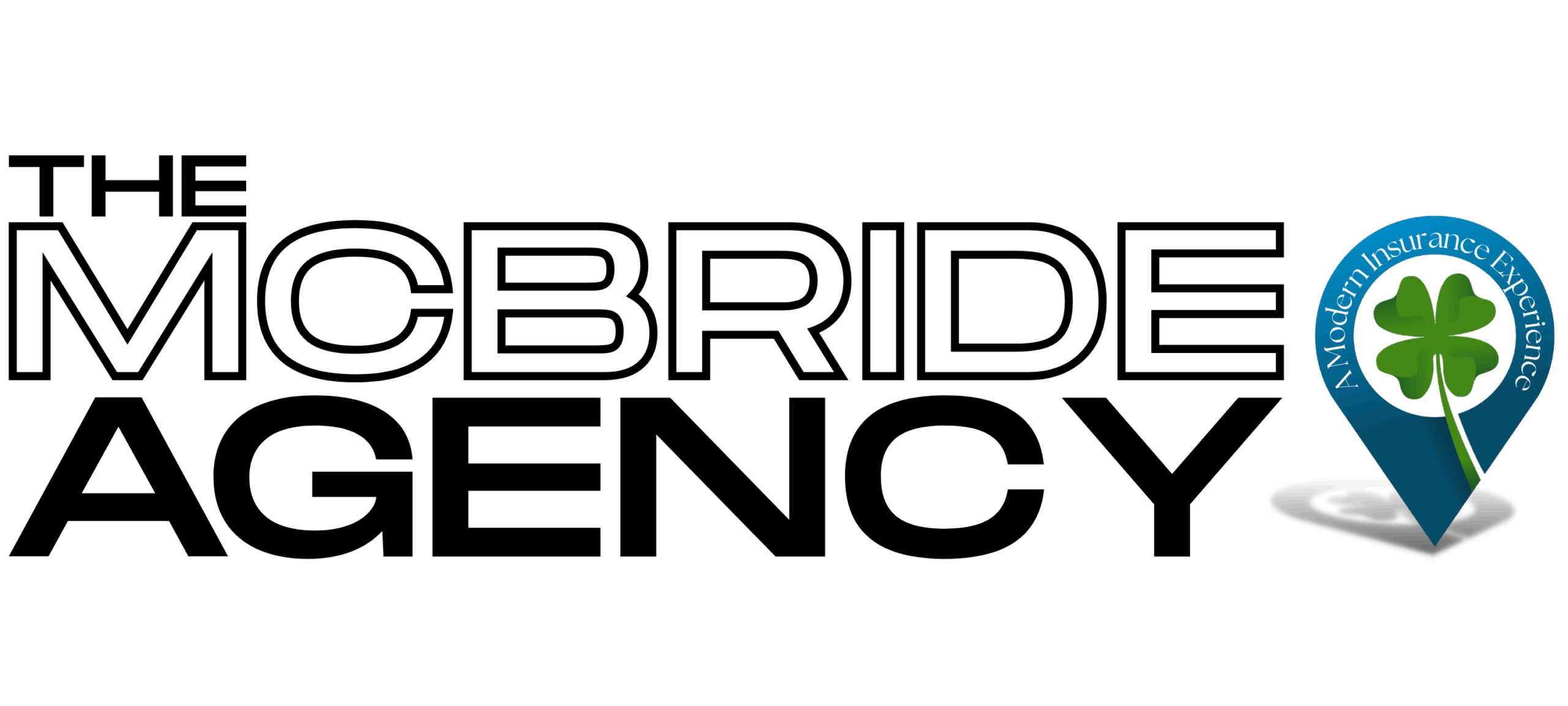Navigating the intricacies of homeowners insurance can often feel daunting for many, especially those new to the concept. With a variety of policies available, understanding what is and isn’t covered is crucial. This guide aims to shed light on the often overlooked aspect of homeowners insurance: policy exclusions. By addressing common questions, we invite you to join us in a straightforward exploration of this essential topic.
What are homeowners insurance policy exclusions?
Homeowners insurance policy exclusions are specific situations, events, or damages that your insurance policy does not cover. These exclusions are critical to understand because they outline the limitations of your coverage. Recognizing these can help you assess your current insurance plan’s adequacy and whether it aligns with your needs and potential risks your property faces.
Insurance companies set these exclusions to clarify the scope of coverage and protect against insuring high-risk scenarios that are not accounted for in standard premiums. For homeowners, being aware of these exclusions means you can make informed decisions about additional coverage or alternative insurance solutions to fill these gaps.
Why do insurance policies have exclusions?
Exclusions exist in insurance policies to manage the risk insurers undertake and to keep premiums affordable for the wider public. By excluding certain high-risk events, insurance companies can predict and control their losses more effectively. This strategic risk management is essential for the sustainability of insurance offerings and for keeping insurance accessible to as many homeowners as possible.
Understanding the rationale behind these exclusions can empower homeowners to seek specific coverage for areas not covered by standard policies. This knowledge allows for a more customized insurance experience, ensuring that you are adequately protected against a broader range of potential risks.
What are the most common exclusions found in homeowners insurance policies?
Common exclusions in homeowners insurance policies typically include natural disasters such as floods and earthquakes, intentional damage caused by the homeowner, and normal wear and tear. Each of these exclusions represents scenarios where the likelihood of risk is either too high for standard coverage or outside the scope of what an insurance policy is designed to protect against.
Recognizing these common exclusions helps homeowners identify potential vulnerabilities in their coverage. It encourages a proactive approach to seeking additional policies or endorsements that can provide the necessary protection against these specific risks.
How do exclusions affect my coverage and what can I do about it?
Exclusions significantly impact the coverage you have by defining what your insurance policy will not cover. This can lead to unexpected out-of-pocket expenses if you assume coverage for certain events or damages that are, in fact, excluded. It’s essential to thoroughly review your policy’s exclusions and consider how they align with your personal risk factors and the specific needs of your property.
To mitigate the risks associated with exclusions, homeowners can consider purchasing additional coverage options, such as riders or endorsements, that specifically cover these gaps. Alternatively, exploring insurance policies that offer broader coverage may be a viable solution for ensuring comprehensive protection for your home.
Can I get coverage for these exclusions through other means?
Absolutely, there are ways to obtain coverage for risks that are typically excluded from standard homeowners insurance policies. Specialty insurance products, such as flood or earthquake insurance, are designed to protect against specific risks that are not covered under general homeowners insurance. These specialized policies can be purchased separately to complement your existing coverage.
Consulting with your insurance agent can provide clarity on the best strategies to cover these exclusions. They can offer personalized advice and solutions to ensure that you have a robust insurance plan that addresses all potential risks to your home.
How should I review my homeowners insurance policy for exclusions?
Reviewing your homeowners insurance policy for exclusions should be a careful and deliberate process. Start by reading through your policy document in detail, paying close attention to the exclusions section. It’s helpful to make a list of these exclusions and consider how they might impact you based on the location of your property, its condition, and other personal factors.
Seeking guidance from an insurance agent can also be invaluable in this process. They can help clarify any complex terms and ensure you fully understand the scope of your coverage. This proactive approach allows you to make informed decisions about your insurance needs and how best to protect your home.
Understanding the exclusions in your homeowners insurance policy is pivotal in securing the right protection for your home. Recognizing what your policy does not cover enables you to take necessary steps towards filling those gaps, ensuring your peace of mind. For those looking to deepen their knowledge and explore comprehensive coverage options, we encourage you to learn more about Homeowners Insurance. Visit our Homeowners Insurance page to discover how you can safeguard your most valuable asset against the unexpected. Your home is more than a place; it’s a sanctuary. Protect it wisely.

